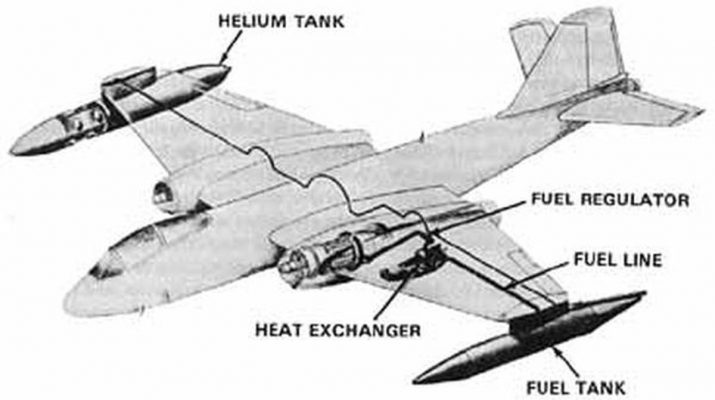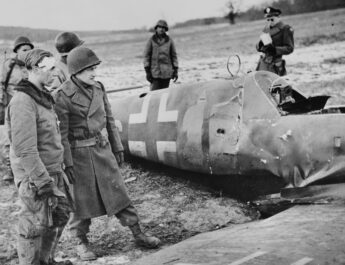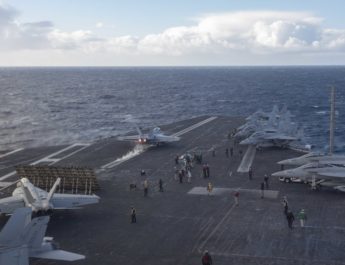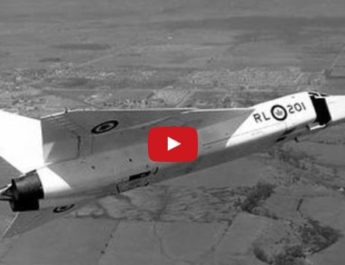In the fall of 1955, the power plant laboratory of Wright Field, headed by Col. Norman C. Appold, planned an experiment to determine the feasibility of flying an airplane fueled with liquid hydrogen.
The airplane selected for the project was the B-57B twin-engine bomber powered by Curtiss Wright J-65 turbojet engines. The basic plan was to equip the airplane with a hydrogen fuel system, independent of its regular fuel system, and modify one engine to operate on hydrogen as well as its regular fuel, which was JP-4 (kerosene).
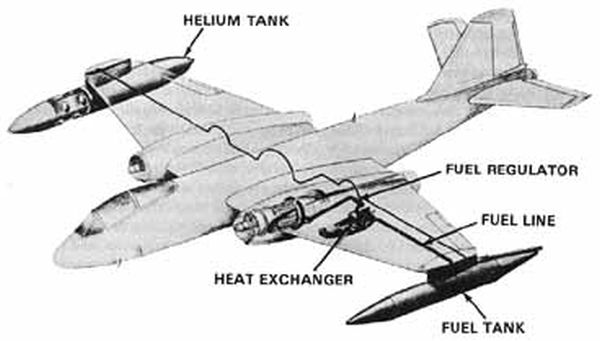
The airplane was to take off and climb on its regular fuel. After reaching level flight at about 16400 meters, the fuel on one engine was to be switched from JP-4 to hydrogen. When the hydrogen experiment was complete, the fuel flow would be switched back to JP-4 and the airplane would return to base under its normal operating conditions.
The hydrogen fuel tank on the left wing of the airplane was 6.2 meters long with a volume of 1.7 cubic meters. The stainless steel tank was designed for a pressure of 3.4 atmospheres and insulated by a 5-centimeter coat of plastic foam, covered by aluminum foil and encased in a fiberglass covering.
On the opposite wing was the helium supply consisting of 24 fiberglass spheres charged to 200 atmospheres. The helium was used for pressurizing the hydrogen tank and for purging.
A heat exchanger for vaporizing the liquid hydrogen, a flow regulator, and a manifold for feeding gaseous hydrogen to the engine comprised the rest of the hydrogen system.
On 13 February 1957, the first of three successful flights was made and the fuel system worked well. The transition to hydrogen was made in two steps. The hydrogen lines were first purged, then the engine was operated on JP-4 and gaseous hydrogen simultaneously.
After two minutes of operations on the mixture, Algranti switched to hydrogen alone. The transition was relatively smooth and there was no appreciable change in engine speed or tailpipe temperature. The engine ran for about 20 minutes on hydrogen.
The pilots found that the engine responded well to throttle changes when using hydrogen. When the supply was almost exhausted, the speed began to drop. As this became apparent, Algranti switched back to JP-4 and the engine accelerated smoothly to its operating speed.
The engine burning hydrogen had produced a dense and persistent condensation trail, while the other engine operating on JP-4 left no trail.
